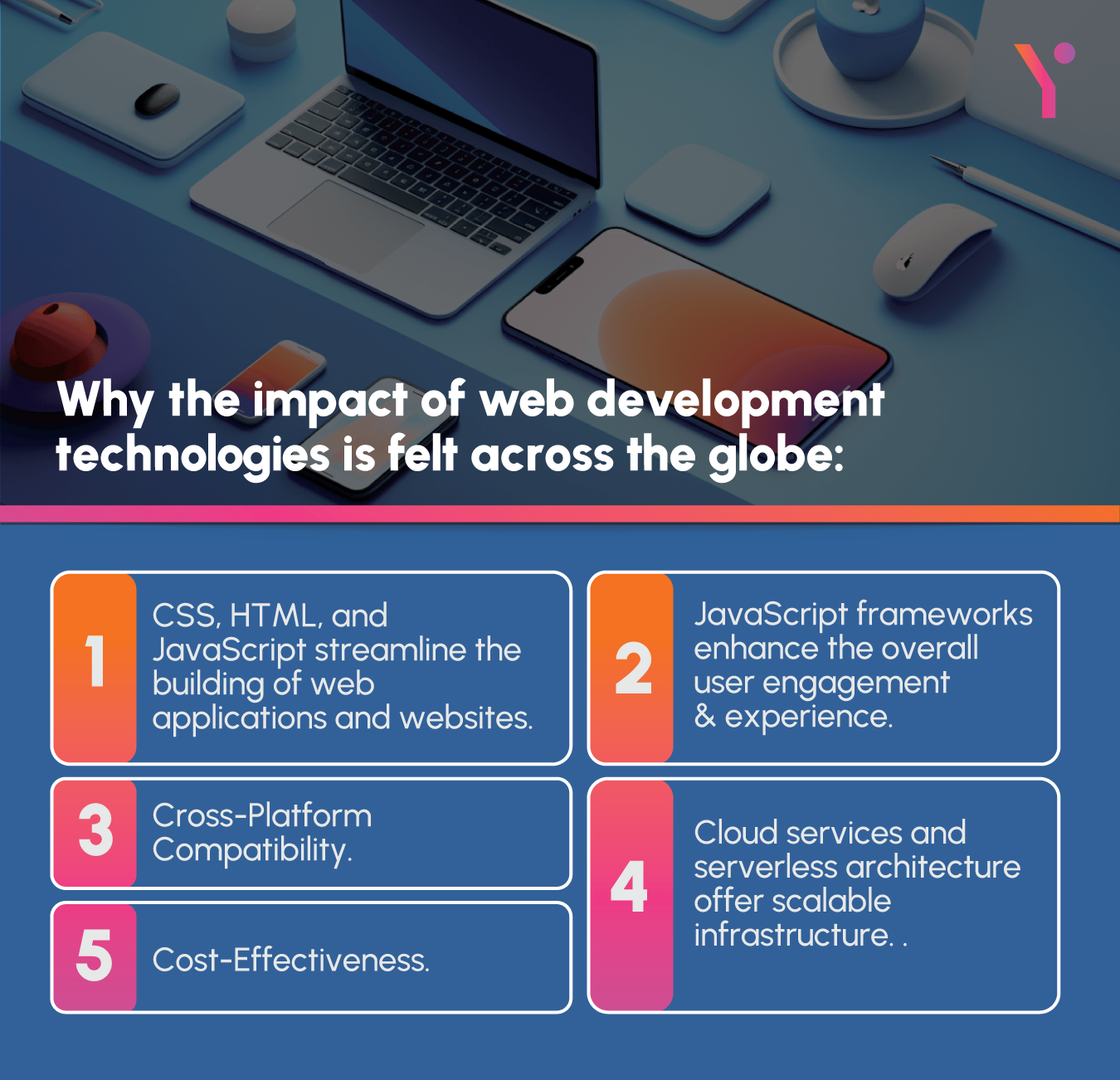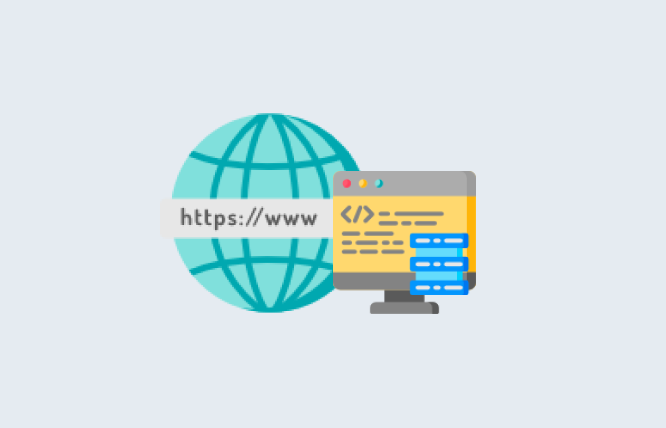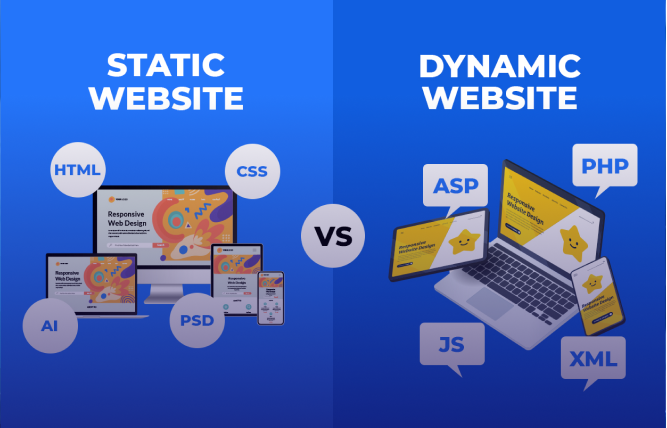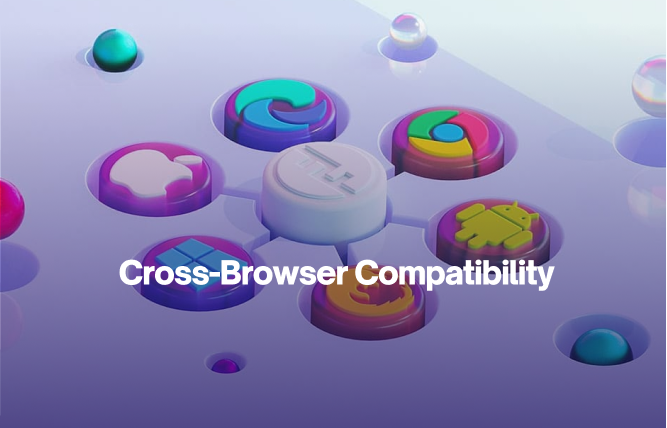Introduction
Get to know about today’s most powerful and widely used web development technologies and why they are in a great position to change the technological landscape for the good.
When we talk about web development technologies, this is a reference to a host of tools and techniques that are utilised in the communication process between different sorts of devices throughout the internet. Note that a web browser allows you access to web pages and is termed as a program that shows video, animation, pictures, data, and text on the internet. If you want to access hyperlinked resources on the web, you can do so by utilising software interfaces provided by web browsers.
After going through this blog, you may want to look into a host of concepts, such as technology solutions for business, a .net software development company, a custom PHP website development company or a mean stack developer.
Sections of Web Development Technologies
Take note of these important web development technology sections that have put an immense impact at the global stage.
World Wide Web
Also known as WWW, it is based on a host of technologies, such as Hypertext Transfer Protocol (HTTP) and Hypertext Markup Language (HTML).
Web Browser
This is an application software that is used to explore the World Wide Web. It is supposed to offer a user-friendly interface between the client and the server. Additionally, it requests the server for the necessary web documents and services.
Web Server
The duty of this program is to process a user’s network requests and serve them with files that make web pages. All of this exchange happens by utilising HTTP.
Web Pages
This is a digital document that is linked with WWW. Anyone can view it via a web browser through the internet.
Web Development
This is the creating, maintaining, and building of websites. It has a host of aspects in it, such as database management, web programming, web publishing, and web design. It is an application’s creation that performs activities on the internet. In other words – internet sites.
Classification of Web Development
There are two ways to classify web development technologies:
Front-end Development
A website’s part with which a user directly interacts is called the front end. Often, it is stated as the application’s ‘client side.’
Back-end Development
This is a website’s server side. Also, it is that portion of a website that is invisible to the users, with which the users cannot interact. Users cannot have direct contact with this software portion, and it is utilised to arrange and store data.
Front-end Development Languages
Developers make use of a host of languages to build the front-end. Let’s have a look at these languages in some detail:
JavaScript
This is a reputed scripting language that is utilised to create elements on a given site, which contributes to its interactivity for the users. JavaScript can enhance a website’s functionality by running web-based software and even games.
HTML
Also known as Hypertext Markup Language, HTML designs a web page’s front-end portions by utilising a markup language. Note that this is a blend of hypertext and markup language where the former highlights links between pages, and the latter is used to define text documentation within the tag, which defines a web page’s structure.
Ajax
This translates into Asynchronous Javascript and XML. AJAX is utilised to communicate with the server without the need to refresh the web page. Ultimately, this enhances performance and improves user experience.
You can do front-end development with a host of other languages, and this depends on the framework. For instance, Django uses Python, React uses JavaScript, and Flutter uses Dart.
Back-end Development Languages
The following are some prominent languages that are used to create the back-end portion:
PHP
This is a server-side scripting language that is particularly meant for web development. Because PHP code is executed on the server side, it is referred to as server-side scripting language.
Python
This language allows you to integrate systems efficiently and work quickly.
Node.js
This is a cross-platform and open-source runtime environment for executing JavaScript code outside a browser. Take note of the fact that NodeJS is not considered to be a programming language or a framework, and it is commonly used for building a host of back-end services such as APIs (Mobile App/Web App). A host of big corporations, such as Walmart, Netflix, and PayPal, use it in production.
Java
This is a widely used and highly popular programming language/platform. It is considered to be immensely scalable, and you can easily find its components.
JavaScript
You can use this for both back-end and front-end programming.
C#
This is a modern, general-purpose Object Oriented Programming language.
DBMS
Also known as Database Management System, this is used to manage a database.
Data Format
Web applications use format of data to properly communicate with one another. It comes as a text-based data interchange format. This means that it is easy to write and read.
The following are two of the most common data formats that are utilised in web development:
JSON
Also known as JavaScript Object Notation, this is a format for structuring data.
XML
Also known as Extensible Markup Language, this states a host of roles for encoding documents in a format that can be read by both machines and humans.
API (Application Programming Interface)
This is a collection of subordinates and protocols that is used by a host of programs to communicate among them.
Graphics
Graphic elements are one of the most important features present on a given webpage. Graphics can be used to state vital points better than written text. Another point regarding graphics is that it can add to a web page’s beauty.
SVG
This is Scalable Vector Graphics, which defines vector-based graphics present in XML.
Canvas
HTML’s Canvas element can be utilised to make graphics with the aid of JavaScript.
Web Protocols
These are properly defined rules that everyone follows, whoever is communicating on the web.
HTTP
This permits communication between servers and clients. Furthermore, HTTP performs activities as a request-response protocol between a server and a client. It could be that a computer-based application hosting a website could be the server, and a web browser could be the client.
The following are some other protocols:
- SOAP
- SMTP
- FTP
- UDP
- TCP/IP
Some Thoughts
Throughout the continuously modernising landscape of web development technologies, the speed of innovation is relentless. This goes on to drive transformative changes in how we experience, deploy, and create web applications. In light of this, throughout this blog, we have taken a glance at some of the most impactful technologies that have forged today’s web development ecosystem. Note that web development is powered by foundational languages such as JavaScript, CSS, and HTMS or highly advanced tools and frameworks such as Vue.js, Angular and React. Truly, all of these web development technologies have left a massive impact, and they are very likely to decide the upcoming trajectories of web development.

It is obvious to many that the tilt towards a more interactive and dynamic web experience has been propelled by the emergence of JavaScript libraries and frameworks. Such tools have allowed developers to create feature-rich and responsive applications that can rival traditional desktop software in terms of user experience and functionality. On top of this, single-page applications have gone on to exemplify this trend, as they present real-time updates and seamless navigation without page reload requirements.
A host of frameworks such as Vue.js, Angular, and React have played a highly important role in hyping this approach, thereby offering developers the all-important building blocks to make refined front-end interfaces. Additionally, the rising importance of mobile optimisation and responsive design cannot be overstated. It is because of the growth of tablets and smartphones that users all over the world are expecting websites to seamlessly adapt to a host of devices and screen sizes. Reputed technologies such as Flexbox and CSS Grid have evolved layout design.
This has allowed today’s tech-savvy developers to create responsive and fluid layouts that can better scale throughout a huge range of screen resolutions. Mobile-first development strategies are now the standard practice, where the emphasis is on designing for smaller and smaller screens. Another aspect of this emphasis is the enhancement of experience for bigger devices.
Concluding Remarks
When we look towards the future, we see that web development technologies offer a great degree of disruption and innovation. Some experts are of the view that emerging technologies such as Progressive Web Apps and WebAssembly are in front position to redefine the boundaries of possibilities existing on the web.
It is fair to state that web development technologies are evolving at a rapid pace, and this is driven by industry trends, changing user expectations, and technological advancements. When we try to take a glance at the future, there is one thing that is certain – change is the only constant in web development. If today’s developers are able to embrace best practices, new technologies and methodologies, they can almost certainly push the boundaries of what can be achieved on the web, thereby shaping tomorrow’s digital experiences. Also, if possible, then you should try to take a look at a host of concepts, such as a Python app development company, nodejs developers, react development services, and MERN Stack Developer.
Finally, if you are looking for software made from today’s leading web development technologies, then contact Futurbyte today. They come as a reputed software solutions provider that enjoys a globally-situated client base.
Frequently Asked Questions
The core technologies that are utilised in web development are CSS (Cascading Style Sheets), HTML (Hypertext Markup Language) and JavaScript.
Javascript frameworks are reusable, pre-written code libraries that offer developers a structured manner to build web applications. They present a host of tools and utilities to streamline some tasks, such as data binding, event handling, and DOM manipulation. Frameworks such as Vue.js, Angular, and React have become important elements of modern web development. This allows developers to create responsive, dynamic user interfaces in a more efficient manner.
Flexbox and CSS Grid are layout systems in CSS that present different approaches to creating flexible and responsive layouts. CSS grid is great for two-dimensional layouts, which permit developers to define columns and rows and place products in grid cells. On the other hand, Flexbox is made for one-dimensional layouts, offering a highly flexible way to both distribute and align things along a single axis. This can be either vertically or horizontally. Usually, CSS Grid is selected for grid-based, complex layouts, whereas Flexbox is appropriate for flexible and simpler layouts.
Serverless architecture comes as a cloud computing model. This is where a cloud provider dynamically manages the scaling and allocation of a host of resources. This allows developers to better focus on writing code, and they do not have to worry about server management. Throughout web development, it is a serverless architecture that lets developers both deploy and build applications in an efficient and quick manner since they can leverage cloud services to tackle a host of activities. These include file storage, authentication, and database management without managing servers or provisioning.
Have questions or feedback?
Get in touch with us and we‘l get back to you and help as soon as we can!




